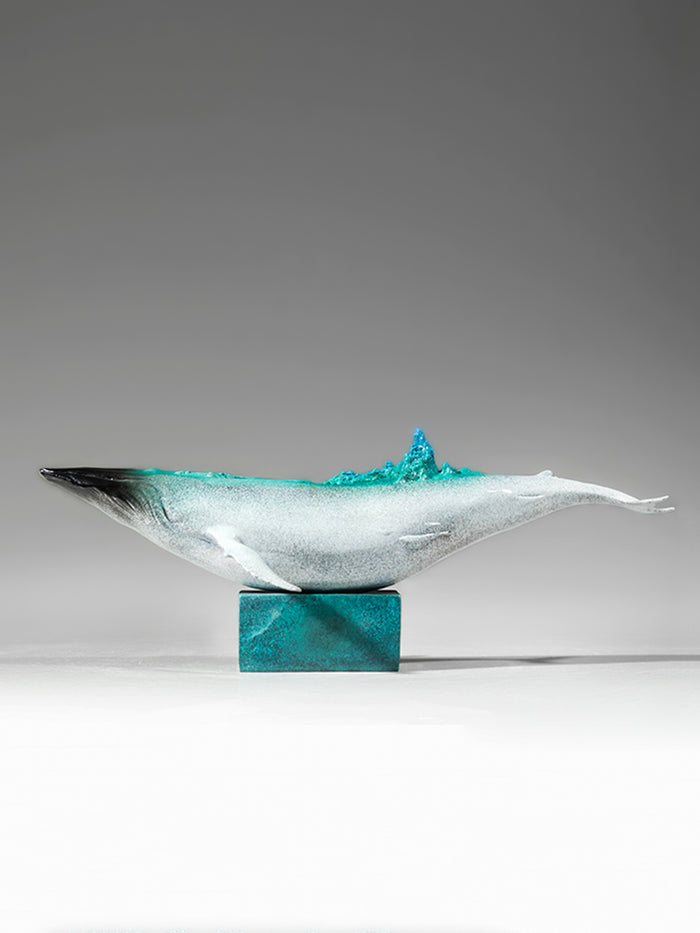
本身
html
Chinese Copper Decorations: A Timeless Art Form
For centuries, Chinese copper decorations have captivated art enthusiasts and collectors worldwide. These intricate pieces showcase the remarkable craftsmanship and cultural heritage of China, blending functionality with aesthetic beauty.
The History of Chinese Copper Art
The tradition of working with copper in China dates back over 3,000 years to the Shang Dynasty (1600-1046 BCE). Early artisans discovered copper’s malleability and durability, making it ideal for creating both practical items and decorative objects. Over time, copper craftsmanship evolved into a sophisticated art form, particularly during the Ming (1368-1644) and Qing (1644-1912) dynasties.
Traditional Techniques
Chinese copper decorations are created using several specialized techniques:
- Repoussé: Hammering designs from the reverse side to create raised patterns
- Chasing: Refining designs from the front with various tools
- Inlay: Incorporating other metals or materials into the copper surface
- Patination: Applying chemical treatments to achieve unique color effects
Common Forms of Chinese Copper Decorations
Traditional Chinese copper art appears in various forms, each with its own cultural significance:
Wall Hangings and Screens
Elaborate copper panels often depict mythological scenes, landscapes, or auspicious symbols like dragons and phoenixes.
Vases and Vessels
Copper containers range from simple utilitarian pieces to ornate ceremonial objects, often featuring intricate engravings.
Furniture Accents
Copper is frequently used to embellish wooden furniture, adding decorative handles, corner protectors, and inlaid designs.
Religious and Ritual Objects
Temples and homes display copper incense burners, deity statues, and other spiritual items.
Symbolism in Chinese Copper Art
Chinese copper decorations are rich in symbolic meaning. Common motifs include:
- Dragons: Representing power, strength, and good luck
- Phoenixes: Symbolizing harmony and prosperity
- Lotus Flowers: Denoting purity and enlightenment
- Cloud Patterns: Signifying good fortune and heavenly blessings
Keyword: Chinese copper decorations
Modern Interpretations
Contemporary Chinese artists continue to innovate with copper, blending traditional techniques with modern designs. Today’s copper decorations might feature:
- Abstract patterns alongside classical motifs
- Combinations with other materials like glass or stone
- Minimalist designs for modern interiors
- Functional art pieces like lamps and tableware
Preserving the Craft
Recognizing the cultural importance of copper craftsmanship, China has designated certain traditional techniques as Intangible Cultural Heritage. Artisans undergo years of training to master these skills, ensuring the continuation of this ancient art form for future generations.
Whether displayed in museums, temples, or modern homes, Chinese copper decorations remain a testament to the country’s artistic legacy and the enduring beauty of handcrafted metalwork.